Answer
Extended Response
I. Working Principle and Scope of CNC Routers
(1) Core Principle
(2) Application Scenarios
II. Classified Materials and Characteristics
(1) Metals
(2) Wood and Composites
(3) Plastics and Rubber
(4) Stone and Glass

| Material | Cutting Difficulty | Suitable Tools | Typical Applications |
|---|---|---|---|
| Aluminum | Low | Carbide end mill | Electronic casings, heat sinks |
| Brass | Medium | Diamond-coated tool | Decorations, hardware |
| Low-carbon steel | High | CBN tool | Mold inserts, small structures |
| Material | Cutting Features | Tool Selection | Surface Quality |
|---|---|---|---|
| Solid wood | Possible grain cracking | Spiral-edge mill | Grain-aligned cut Ra≤6.3μm |
| Plywood | Interlayer delamination | Double-edge mill | Sanding required |
| Carbon fiber | Hazardous dust, fiber breakage | Diamond saw blade | Edge deburring needed |
| Material | Thermal Deformation Risk | Tool Requirements | Typical Applications |
|---|---|---|---|
| ABS | Medium | Sharp single-edge mill | Models, toys |
| Acrylic | High | Diamond-coated tool | Transparent panels, crafts |
| Silicone | Extremely high | Cryogenic cutting (LN₂) | Seals, medical molds |
| Material | Mohs Hardness | Tool Selection | Cutting Thickness Limit |
|---|---|---|---|
| Marble | 3–4 | Diamond saw blade | ≤30mm |
| Granite | 6–7 | Resin-bonded grinding wheel | ≤20mm |
| Glass | 6.5–7 | Laser-assisted cutting | ≤10mm |
| Material | Spindle Speed (rpm) | Feed Rate (mm/min) | Cut Depth (mm) |
|---|---|---|---|
| Aluminum | 18,000–24,000 | 1,000–3,000 | 1–3 |
| Wood | 12,000–18,000 | 3,000–8,000 | 5–10 |
| Acrylic | 15,000–20,000 | 500–1,500 | 0.5–2 |
| Carbon fiber | 10,000–15,000 | 300–800 | 0.3–1 |
| Material Type | Recommended Spindle Power (kW) | Suitable Tool Diameter (mm) |
|---|---|---|
| Soft materials (wood, foam) | 2.2–3.7 | 3.175–12.7 |
| Metals (aluminum, copper) | 4.5–7.5 | 6–16 |
| Hard materials (stone, glass) | 7.5–11 | 6–20 |
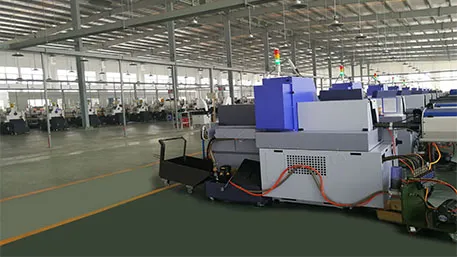
In the vast landscape of China’s manufacturing industry, Xiamen Goldcattle shines as a leading CNC machining parts manufacturer. With a proven track record of excellence and a commitment to quality, Xiamen…
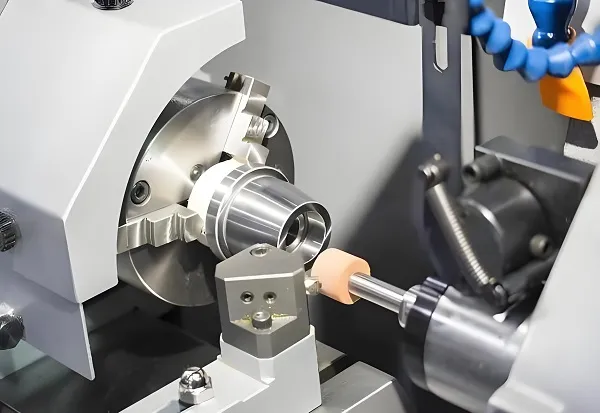
CNC grinding, known as Computer Numerical Control (CNC) grinding, is a technology that utilizes high-precision CNC machine tools (CNC machines) to perform surface finishing of materials. This technology controls the trajectory,…
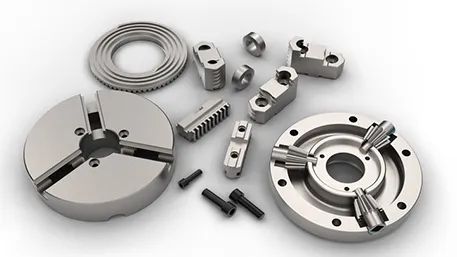
Q: What are some common examples of mechanical machining processes? A: Mechanical machining encompasses a wide range of processes used to shape, cut, and finish materials such as metals, plastics,…
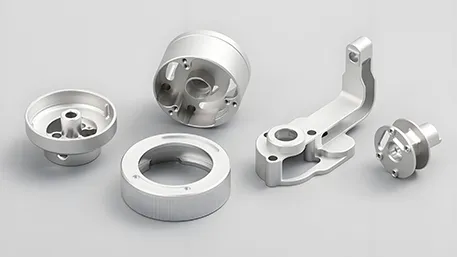
CNC Aluminum Enclosure, refers to the use of advanced CNC machine tool technology, aluminum alloy material for accurate cutting, drilling, milling and other processing, the formation of complex geometric shapes and high-precision…
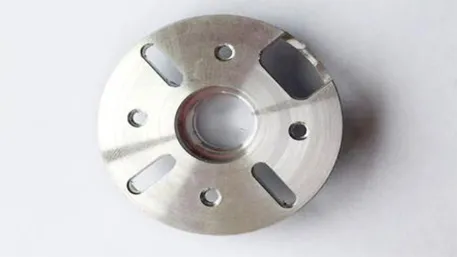
Abstract: This paper focuses on the topic of customized CNC machining aluminum parts, elaborating in detail the characteristics, advantages, and challenges of aluminum parts in CNC machining. It deeply discusses the key technologies…
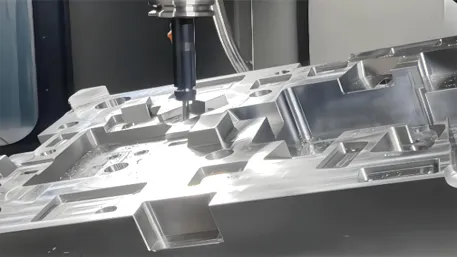
Abstract: This article elaborates in detail on the principle, process characteristics, advantages of CNC (Computer Numerical Control) metal prototype machining, and its wide application in modern manufacturing, and also looks forward to…